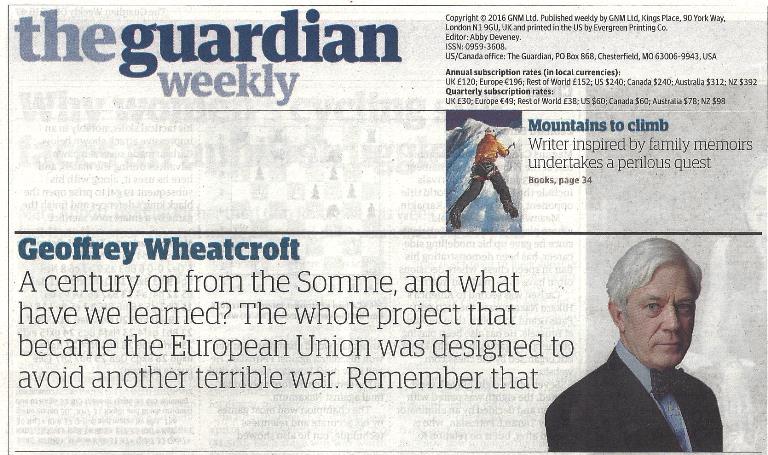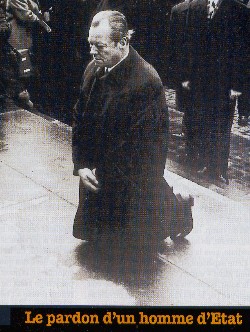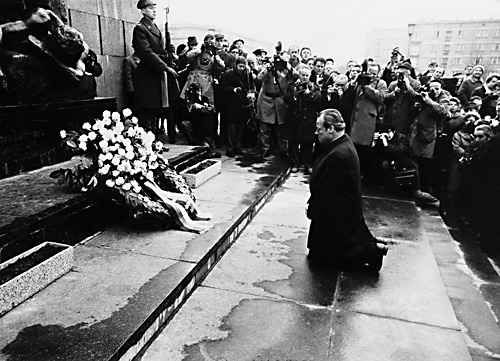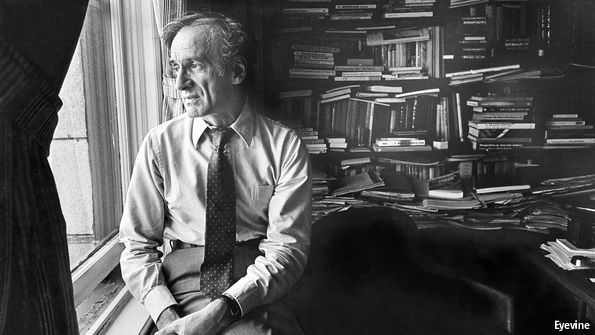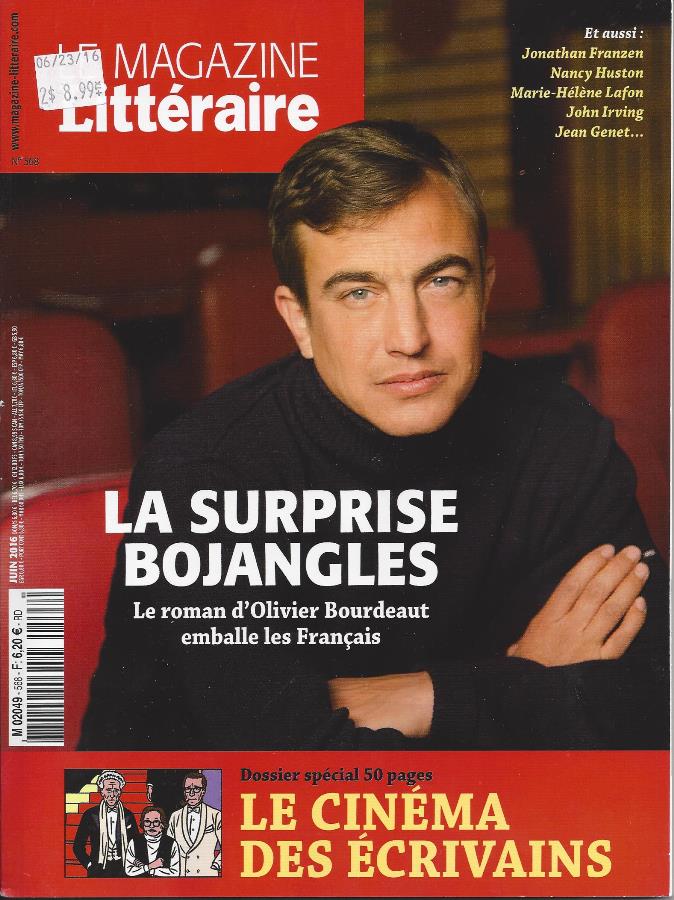ON REFLECTION, the habit had begun with Moishe the Beadle. It was Moishe
who led Elie Wiesel, much too young, to study Kabbalah. Most people in the
little shtetl of Sighet, in Transylvania, knew it was dangerous
even to go near those mysteries. But Moishe insisted on probing, seeking,
enquiring for deeper and deeper truths. Questions, he said, possessed power.
The more a man asked, the closer he got to God.
And why indeed had the townsfolk not asked more questions when, in 1942,
Moishe was suddenly deported? Why had they not listened to his agonised
cries of warning when he returned, weeping, knocking on doors? Why had they
insisted, even when the town was divided into two ghettos by the Nazis, that
they could live in this new world and treat it like a temporary vacation?
Why, in 1944, had they never heard the word “Auschwitz”?
As he was deported too, questions poured into Elie’s 15-year-old head.
Why were his friends and neighbours put into sealed cattle cars, to travel
for two days with almost no air or water? Why were they delivered to a place
fogged with the stench of human flesh, where pits of fire devoured the
bodies of babies and children? Why were they stripped of everything, shaved,
tattooed with numbers and made to run everywhere? Why, within a day, was
he torn from his mother and youngest sister, never to see them again? How,
in the 20th century, could such things happen, and the world stay silent?
The questions accumulated and became more disturbing. Why did fellow-inmates,
as well as Germans, beat new arrivals and call them sons of bitches? Why
did the prisoners watch the routine hangings for minor thefts without emotion,
staring indifferently at the swaying, swollen faces? Why did he find himself
thinking of nothing but his ration of soup and bread? What led him to claw
his way through a pile of dying men to save just himself? Most dreadful
of all, what led him to ignore his dying father’s request for water, when
his father was the only and dearest thing he had left in the world?
When, after a year, he was freed from the camps, he knew he had survived
to tell the tale. He must sear the memory of the Holocaust on human minds
for ever. In a world that preferred to blot it out, his motto had become
Zachor! Remember! But for a full decade he asked: How? Even as
a student of literature at the Sorbonne, even as a working journalist, how
could he find the words? What phrases could do justice to inexpressible
evil? What language could he write in, when language itself had been profaned
by obscene meanings for “selection”, “concentration”, “transport”, “chimney”
and “fire”?
Perhaps silence was a better response. Several famous rabbis had excelled
at it. After all, what authority did he have to speak for the dead, to recount
their mutilated dreams? None. But how else to remember them? For 800 pages
in Yiddish, itself a relic that had to be treasured and preserved, he poured
out his memories. Much shortened, they became “Night”, published in Engish
in 1960 and overlooked at first. He persevered. What other reason had he
to live, when six million had died? What else could be done to honour those
ghosts? In 1964 he returned to Sighet to find the town prospering but the
Jews forgotten, the closed synagogues filled with dust. He revisited the
labour camp at Buna to find it had vanished, reclaimed by trees and birds.
Who could prevent the disappearance of these things?
With a book every year—57 in all, each permeated by “Night”—with lectures,
articles, even cantatas, he rammed the subject of the Holocaust home. His
sad lined face, the shaggy hair, the brooding eyes, became ubiquitous where
Jewish leaders or luminaries gathered. By his 80th birthday the Holocaust
was established on modern-history curriculums, his books were on reading
lists, he had won the Nobel peace prize, and millions of visitors every
year streamed to the Holocaust Memorial Museum in Washington, DC, which he
had helped to found. Widening his scope beyond his beloved Israel, he set
up his own foundation to pursue human rights wherever they were threatened,
in Cambodia, Bosnia, South Africa, Chile, Rwanda. For just as he still had
nightmares of his parents and the dark, just as he still feared random
attackers and journeys by train, who was to say that the Holocaust might
not happen again?
Nor did the questions ever stop. His Talmud-studying childhood had been
devoted to God, but where had God been in the camps? Why had He allowed
Tzipora, the little golden-haired sister, to die for nothing? Why had He
caused old men to fall down from dysentery on forced marches, when they might
have died peacefully in their beds? Why had God created man, if only to
abandon him? What exactly did God need man for?
Against the melancholy that never really lifted—for how could it ever
do so?—he clung to the words “and yet”. The sun set, and yet it rose again.
Delirium struck, and yet it passed. He railed at God, and yet still strapped
on his tefillin and recited his prayers as fervently as he had
done on the day of his bar mitzvah. For ritual, too, was part of memory.
And besides, how could he ever get closer to the mystery of God, unless he
battered Him with his doubts?
